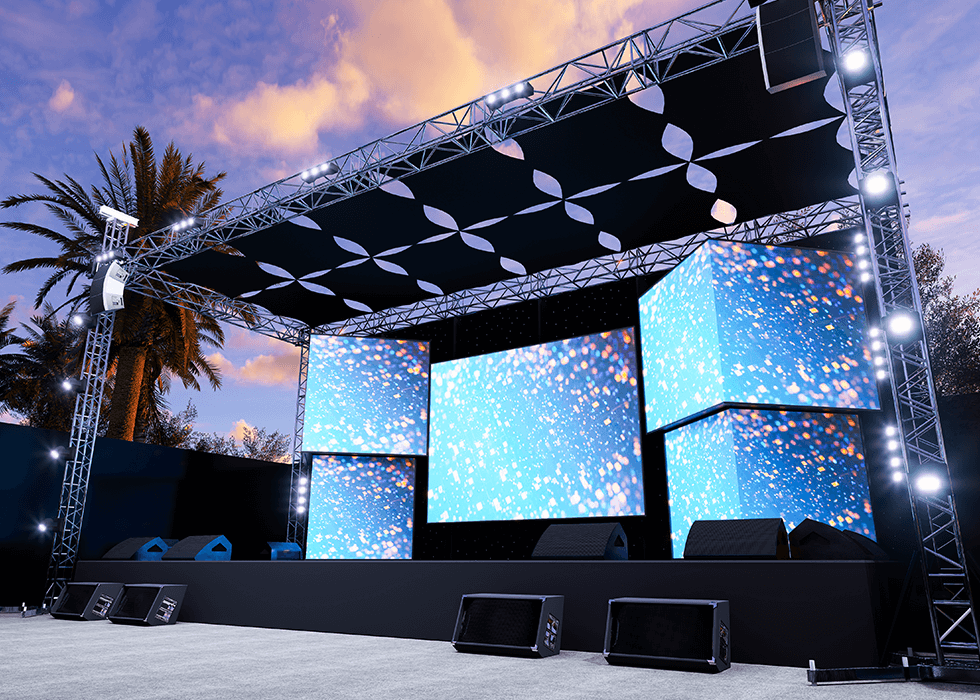Artist and Designer Maria Mortati Contemplates Shared Experiences in This New World
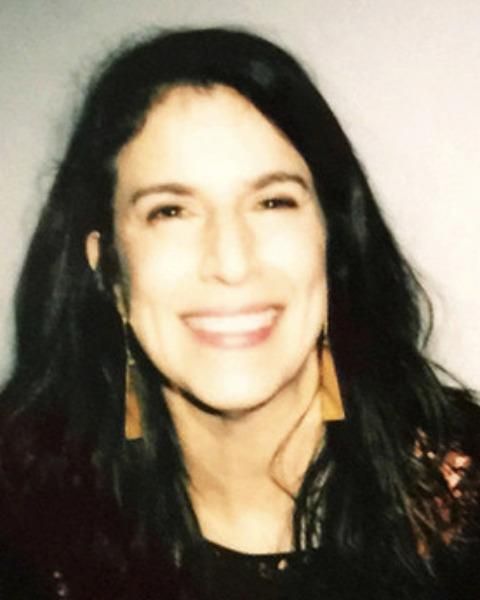
Maria is a Leader, Artist, Experience Designer, and Educator interested in examining and amplifying the relationship between public and institution, public and private. Her projects span formal exhibitions to short-term interventions, involving collaborations with other artists, communities, and staff. Her projects include the edges of way-finding at the Hammer Museum, Fluxus and the public at the Walker Art Center, an interactive street-front exhibition at the Sainsbury Wellcome Centre in London and installations in the San Francisco Bay Area.
Why focus on shared experiences? How do they enrich people’s lives?
When we have co-present experiences, we share a larger idea. Being able to do this in any context is inherently important to us as social beings. We need these shared experiences to be fully human. In this moment, it becomes even more useful with the social distancing due to COVID and the social divisions we are experiencing.
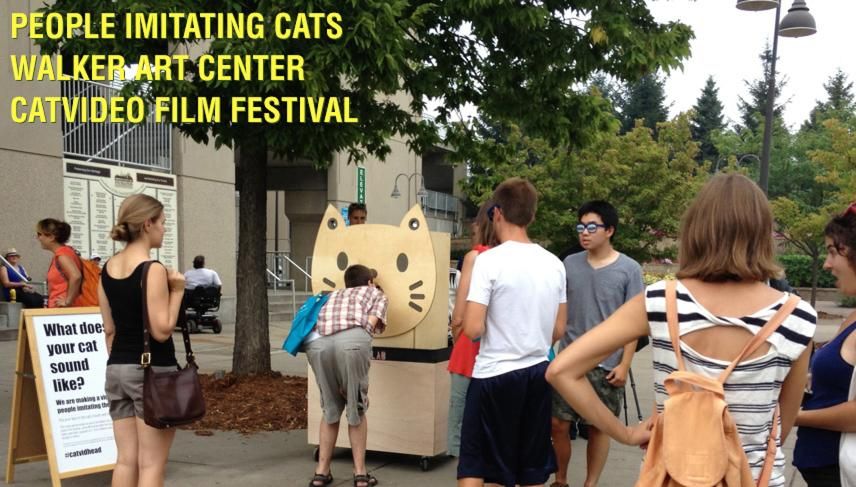 Credit: Maria Mortati,
Walker CatVidFest
Credit: Maria Mortati,
Walker CatVidFest
How can we continue to create shared experiences in the current environment?
This is where the world of creativity in art, poetry, design, and film can come to the forefront through advances in AV by bringing them to life at scales or in situations where they can be experienced in some way that is co-present or participatory. I also see crossovers from the fields of informal and formal education offering further enrichment on the conceptual side.
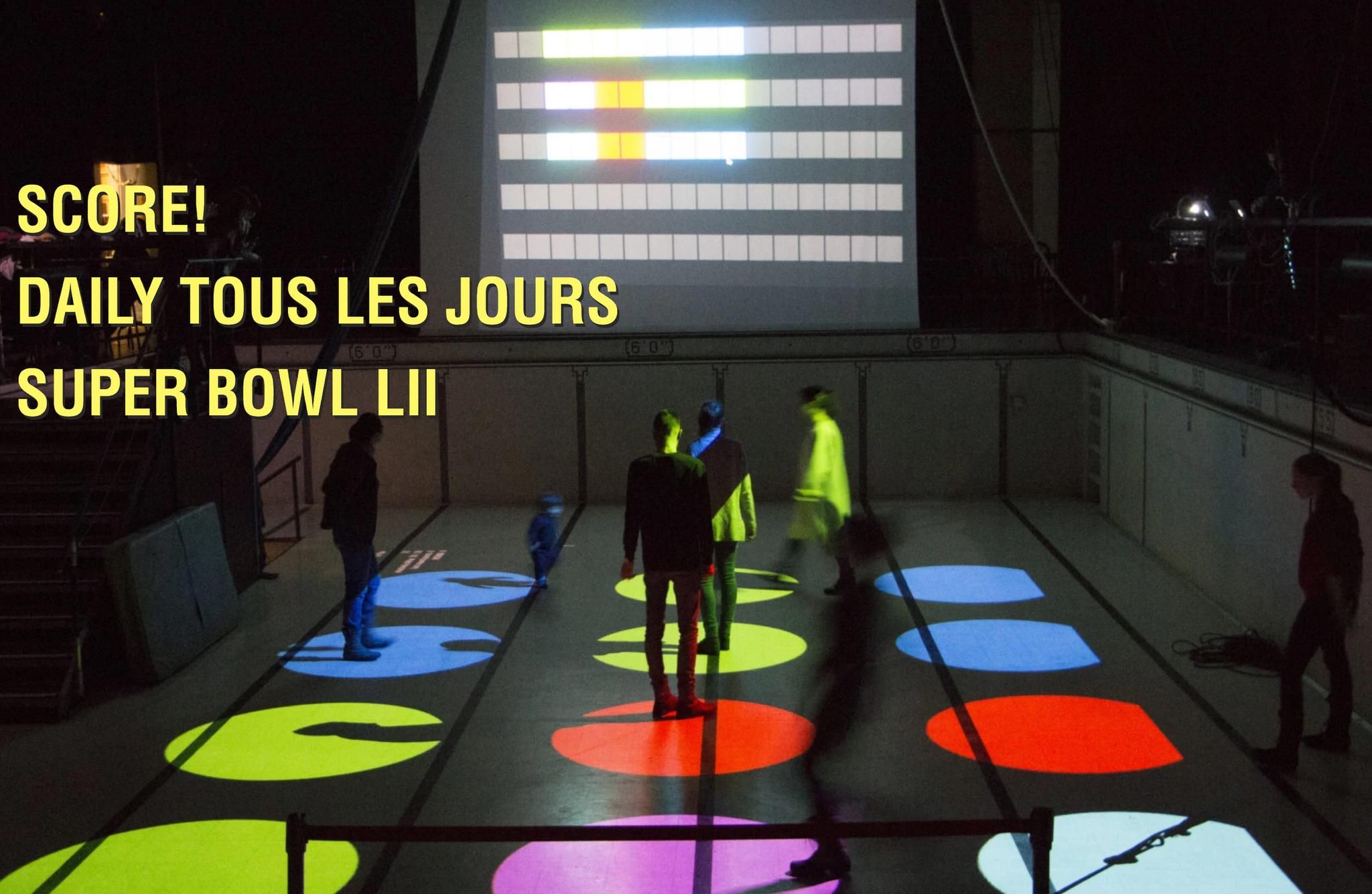 Credit: Daily Tours Les
Jours
Credit: Daily Tours Les
Jours
What have you learned from your student mentees in the Big Ideas Contest?
So much! They bring a passion and insight to the potential for their communities to experience different ideas through technologies or systems I may not otherwise have considered. They are so bright and adaptive to the moments they live in.
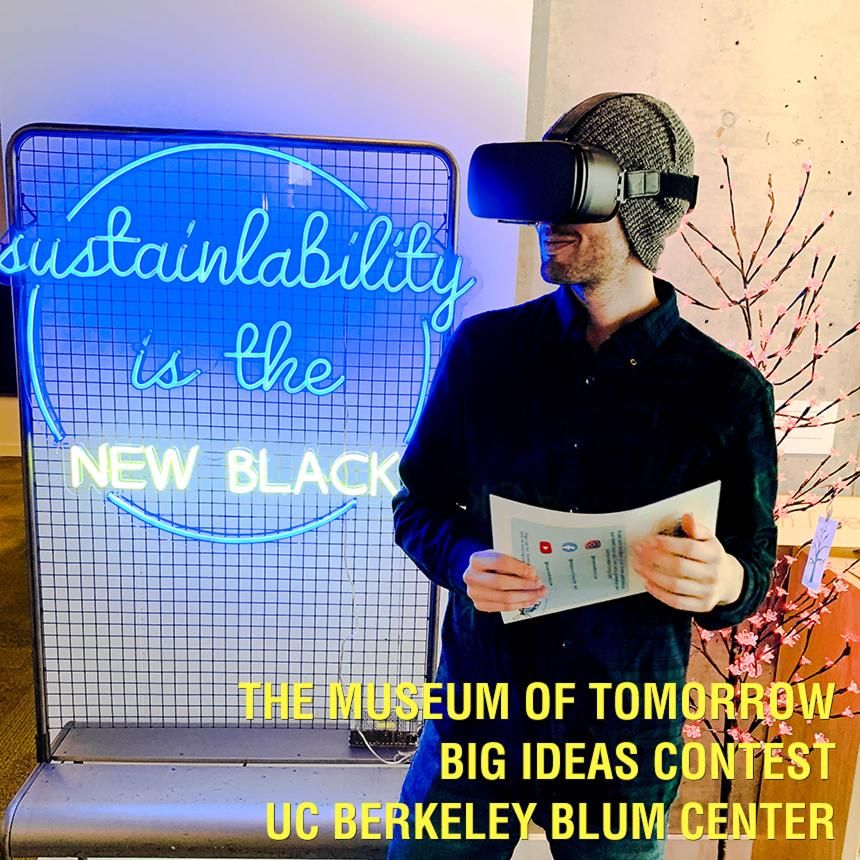 Credit: Museum
of Tomorrow
Credit: Museum
of Tomorrow
What new ideas in immersive experiences are you excited about?
We are in the midst of a pandemic, which has a huge impact on creative projects that engage us with ideas and one another. The silver lining in this is that it opens up the realm of AV. It is uniquely suited to allowing us to create these projects in safe and compelling ways.
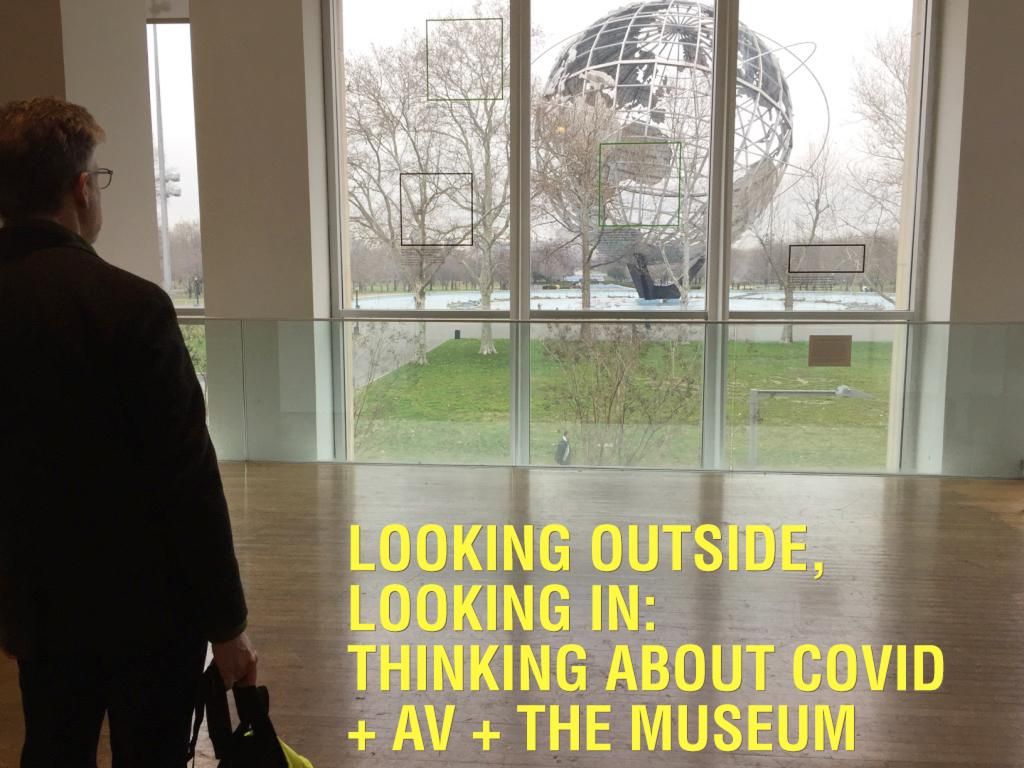 Credit: Maria
Mortati, Queens Museum
Credit: Maria
Mortati, Queens Museum
How do AV integrators fit into the experience design process?
The model has been that AV integration happens a little further down the line in the process. Now that we are looking at how to create experiences in new contexts and scales, it becomes important to be able to engage earlier. That community has expertise that I want to know about during the idea development. We will need to create shared languages to do that. I’m specifically interested in finding out how we can do iterative development, as that’s essential to the creative process. Especially so when you get to public experiences.
What does technology not do now that you wish it did?
Hmmm, there is a lot more to say here than this will allow. One immediate thing that comes to mind is that I wish there were a system or software that would allow me to develop ideas a little more in concert with large-scale AV. Something like Adobe XD + Sketchup. I’d like the capacity to draw from a toolbox meaningful to the multiple outputs that AV systems may offer for early stage concepting. From my perspective, I would begin to flesh out the raw idea, and then develop the ideas and the experiential goals with aspects of AV in mind. From there, of course, I’d want to start conversations with the experts. But having an easy to use system like I mentioned would be instrumental to getting my ideas off the ground. I’m hopeful that could happen!
Maria Mortati joined Sasha Harris-Cronin for TIDE Spotlight: Don’t Be So Static during InfoComm® 2020 Connected. Visit www.infocommshow.org/connected for more information on the InfoComm 2020 Connected education program and to register. All sessions are free to attend.




